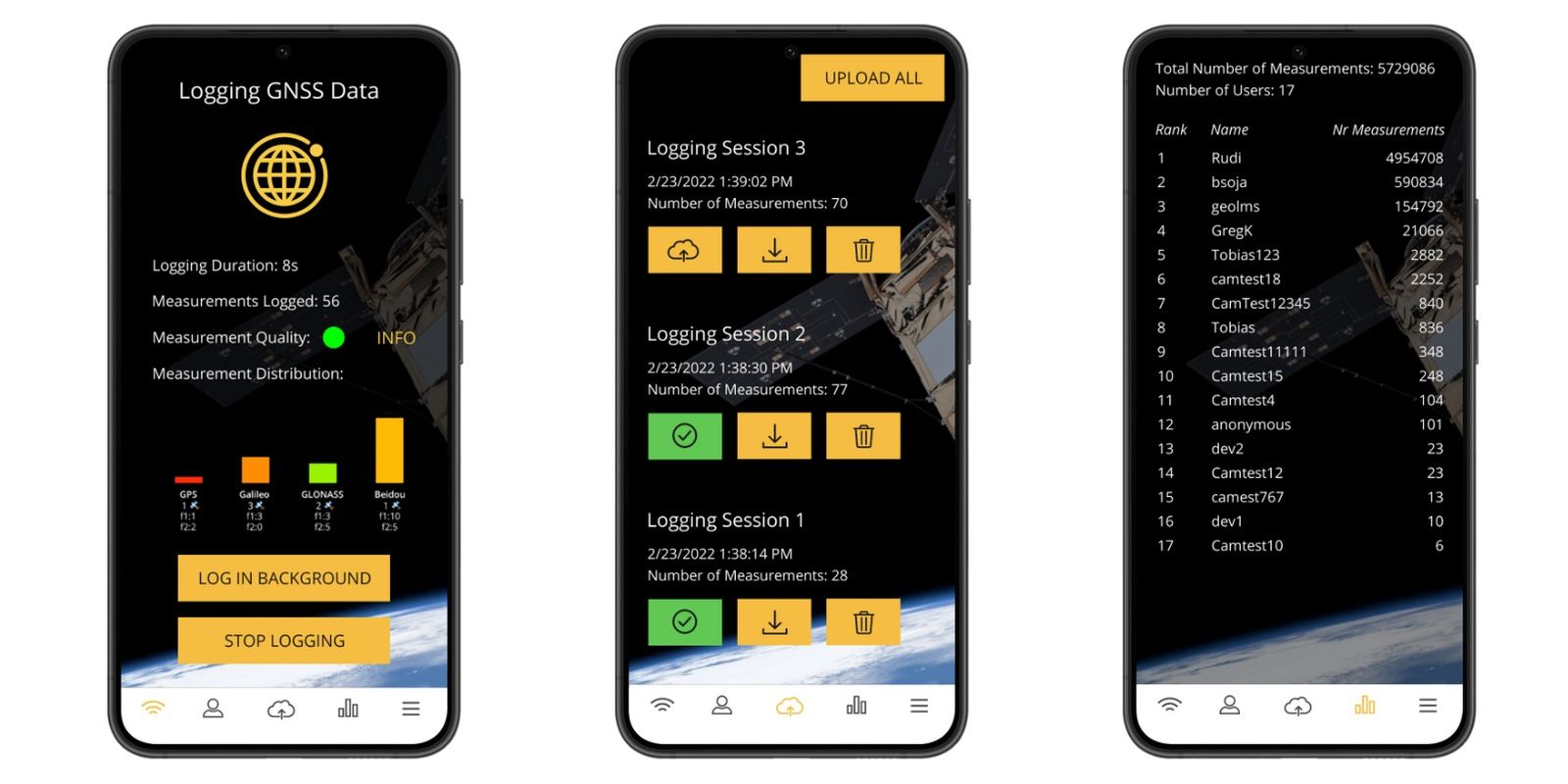The European Space Agency has launched a new project that lets Android phone users contribute location data to help improve satellite weather forecast research using an app. In the past few years, multiple studies targeting smartphones have been conducted, researching everything from their direct and indirect psychological impact to their effects on body parts such as the bones in the wrist area after prolonged usage.
Lately, scientists have been trying to leverage the sensors fitted inside a smartphone as a medical analysis tool. For example, the Google Fit app relies on a phone’s selfie camera to assess heart and respiratory rates. Google is also working on algorithms that can identify a wide range of skin conditions using a few photos clicked with a phone’s cameras. However, scientists are now upping the ante for smartphone participation in projects of an even bigger scale, such as improving global satellite weather forecasts.
That’s where the Camaliot project aims to leave a mark. Funded by the European Space Agency, the Camaliot app aims to collect data sourced from phones to improve the accuracy of weather forecasts. Once the app is installed on a phone, it collects GNSS (Global Navigation Satellite System) data, which is essentially radio information that encodes location and time data from satellites. Smartphones come armed with GNSS receivers, and they rely on this data to offer location information commonly known as GPS navigation. In the case of Camaliot, the data collected by the app includes signal strength and distance of the observed satellites, as well as carrier phase details. Once the aforementioned data has been collected and uploaded to the servers, machine learning algorithms that predict atmospheric conditions use them as training data sets.
Help Scientists, Get Rewarded

The GNSS data uploaded by phones will help study variations in atmospheric vapor content, which is known to affect the state of Earth’s ionosphere and troposphere. Scientists are hoping that quantifying the water vapor-related information and feeding it to the numerical models can help improve the accuracy of satellite weather forecasting. The team behind the project is banking on machine learning models and their ability to learn from massive heterogeneous datasets that capture ionosphere-related variations and other relevant Sun-Earth interactions to achieve the objective.
The Camaliot app, which is currently compatible with phones running Android 7 or later versions, does not collect any personally identifiable information such as usernames or email addresses. Additionally, the app also offers an option to download all the location data collected by the app in RINEX3 format, and it will soon be available on a dedicated online portal as well. Crowd-sourcing of GNSS data from phones using the Camaliot app is already underway and concludes on July 31. For those curious about turning their phone into a weather monitoring tool, there’s also a leaderboard to assess their contributions and bag rewards such as Android phones, Amazon vouchers up to 200 Euros in value, and ESA merchandise.




